Are you curious to know and find out what kind of fish live in Devils hole? Here is the story of the Devils Hole pupfish, a fish surviving in a tiny pool of water in a desert cave. This blog will examine the Devils Hole pup fish’s habitat, some peculiarities, and the factors that endanger the fish. We will also discover some interesting facts about this threatened pupfish and find out more about how its future is being safeguarded.
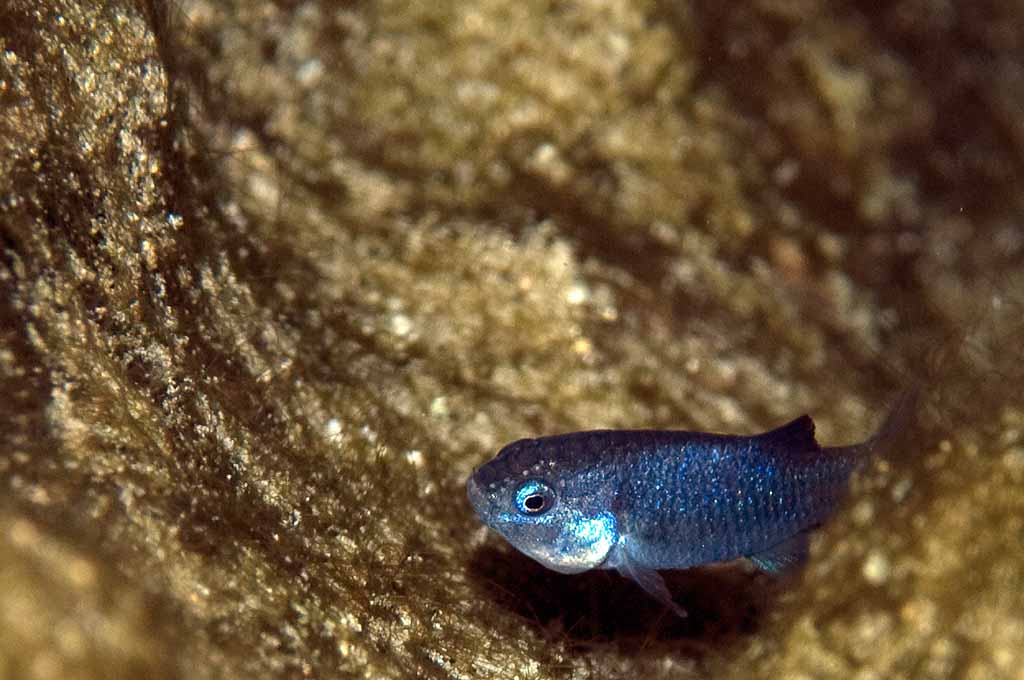
Fish live in devils hole
Devils Hole Pupfish Habitat
Devils hole pupfish (Cyprinodon diabolis) is a critically endangered fish species that is found in a very small geographical region. This little fish grows up to a maximum standard length of only 1. 2 inches (5 millimeters), and is found only in Devils Hole, a water-filled cavern in the desert in NV, the eastern part of Death Valley. The Devils Hole pupfish is an extremely obligate cavernicolous species, and cannot survive in environments outside of Devils Hole.
What is Devils Hole Pupfish Habitat?
- Devils Hole pupfish inhabit only Devils Hole, which is a water-filled cavern situated in the Amargosa Desert of Nevada, eastern Death Valley.
- Devils Hole itself is a limestone cavern whose surface area is approximately 72 ft by 11 ft. 5 ft wide.
- The water in Devils Hole is at a constant temperature of 91.4 to 93.3 degrees Fahrenheit (33°C) due to being geothermally heated.
- Most of the pupfish live within an area on the lake that extends about 215 square feet or 20 square meters of shelf water. This shelf is found on one side of Devils Hole.
What Do Devils Hole Pupfish Eat?
The Devils Hole pupfish feeds mainly on the algae on the limestone shelf of their habitat and small invertebrates. For instance, the exact type of algae that they prefer is not the same during winter and summer. During the winter and spring, they feed on diatoms while during summer and autumn, they feed on Spirogyra algae.
Types of Devil Hole Pupfish
There’s just one type of Devils Hole pupfish, scientifically known as Cyprinodon diabolis. This small fish is endemic to Devils Hole, a water-filled cavern in the Amargosa Desert, Nevada, and doesn’t have any recognized subspecies.
The Devils Hole pupfish is unique due to its extremely limited habitat and specialized adaptations for living in that environment.
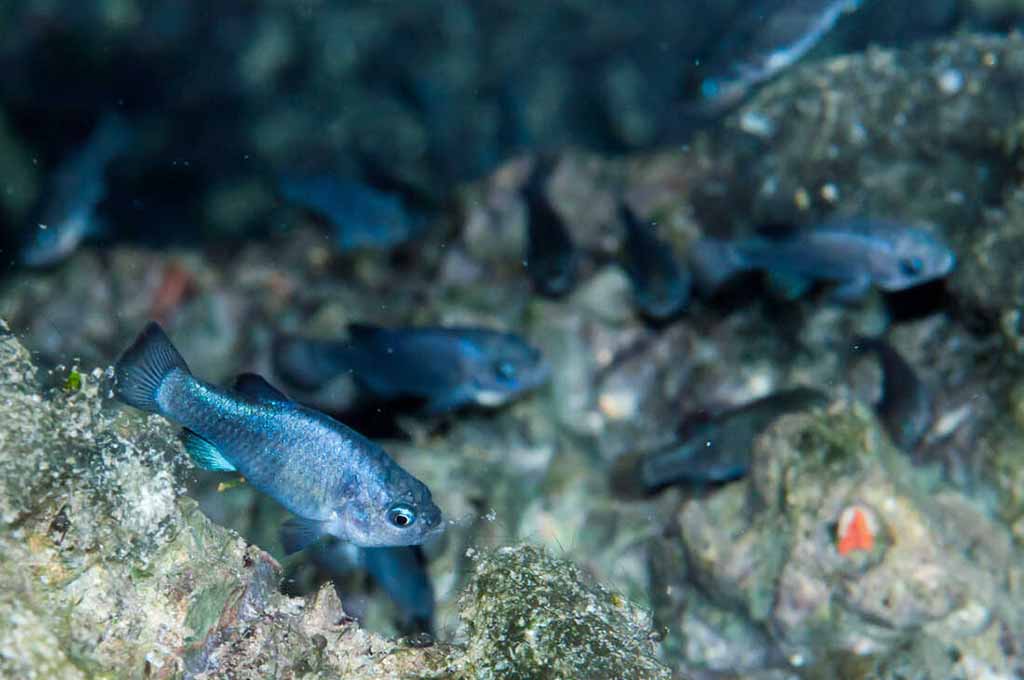
Devils hole pupfish
Are Devils Hole Pupfish Dangerous
No, the devil hole pupfish are not harmful to man. They are small and rather unassuming fish of this particular species. Here’s an insight into their temperament and characteristics.
Temperament
- Non-aggressive: Unlike some fish species that are territorial or even aggressive, Devils Hole pupfish are reported to be non-aggressive. These fish will rarely display any form of aggression toward humans even if they are met in their natural environment, namely Devils Hole.
- Timid: Devils Hole pupfish are more likely to avoid interaction because of their small size and the presence of predators in their habitat.
Characteristics
- Size: As mentioned earlier, they are very small, with a maximum length of about 1. 2 inches (30 millimeters). This renders them physically powerless to harm humans.
- Habitat: They are true troglobites— animals that can inhabit only Devils Hole, a water-filled cave. Thus, there is no possibility of meeting or interacting with them outside this extremely restrained sphere.
- Diet: It is important to notice that they do not consume human beings or things that people use, such as hats.
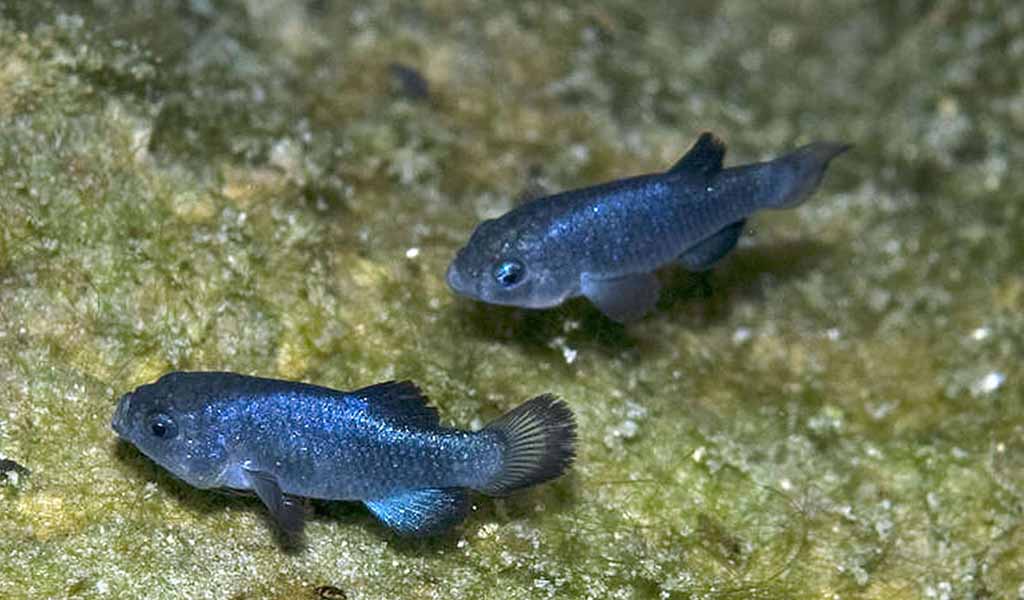
How Many Devils Hole Pupfish Are Left
The exact number of Devils Hole pupfish can fluctuate depending on the time of year, but here’s some recent information to give you an idea:
- Spring 2024:The most recent spring count in April 2024 identified 191 pupfish, which is the highest spring season count in 25 years [source].
- Fall 2022:The previous fall count in September 2022 documented 263 pupfish, the highest number observed in 19 years [source].
It’s important to note that historically, the population has faced a significant decline. The population reached an all-time low of just 35 fish in 2013.
What are Some Unique Facts About the Devils Hole Pupfish
- Living Fossil: These are tiny fish and are famously known as living fossils in that they have not gone through much of the evolvement for thousands of years. Devils Hole where they resided was also an isolated environment that helped them retain their pre-historic appearance.
- No Pelvic Fins: One interesting fact about Devils Hole pupfish is that it does not have pelvic fins like most fish. This is believed to have been an adaptation for feeding in the strong currents that are known to prevail in Devils Hole.
- Desert Dwellers in Hot Water: Surprisingly, they are well adapted to live in very hot conditions. The temperature of water in Devils Hole maintains a constant level of 91.4°F to 93.3°F. The temperature in many of them bottoms out to 3 degrees Fahrenheit (33°C) which is due to geothermal heating, which is not very conducive for fish.
- Limited Menu: They have a specific diet consisting of only certain types of algae that only grow on the limestone shelf of Devils Hole. Their food choices are also fixed because they are confined to certain geographical areas.
- First on the List: The Devils Hole pupfish is one of the most notable species since it was the first one to be listed under the Endangered Species Act of 1967 in the United States.

Pupfish live in devils hole
Closing Thoughts
Thus, the Devils Hole pup fish live in devils hole is a good example of how a species adapts and persists in its environment. Hence, one can conclude that the pupfish, despite the tiny area it inhabits and the exclusive diet it follows, has lived for thousands of years. But human activities endanger it. All the same, this extraordinary fish, along with the desert it inhabits, continues to be protected. Only through this awareness and the support provided to the necessary preservation activities, we can guarantee the longevity of the Devils Hole pupfish species.

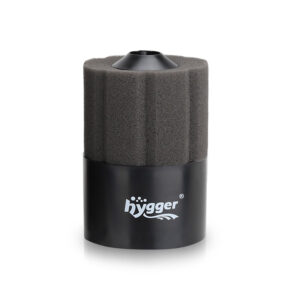
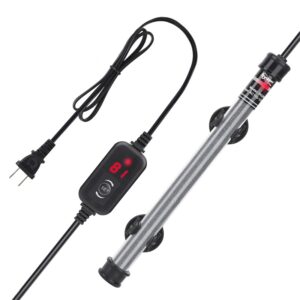
Leave a comment